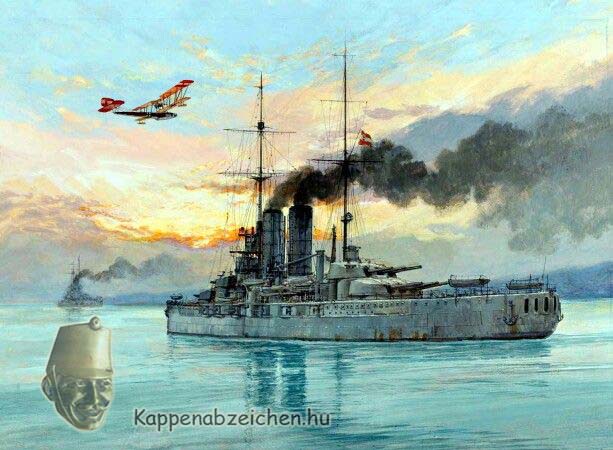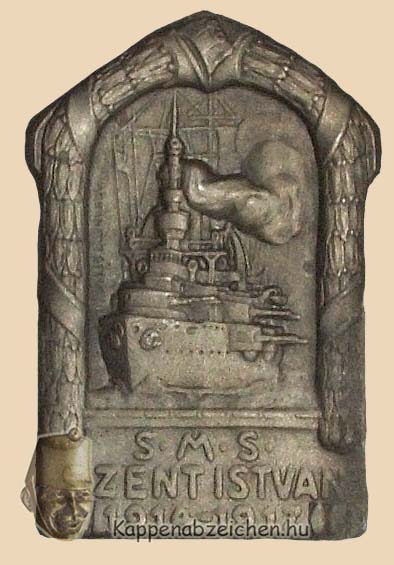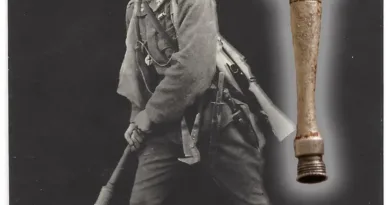Tegetthoff-class battleships
The Monarchy’s navy developed at a rapid pace from the 1880s onwards. The effort resulted in the world’s sixth largest navy. The primary purpose of this was to protect the Adriatic and secure the Dalmatian coast. But warships of the Monarchy also appeared in distant places, such as in China during the Boxer Rebellion.
Austrian and Hungarian engineers also participated in the development of military technology. Several innovations came from them. It was then that the great battleship building fever took place. Dreadnoughts, modern, high-powered battleships, were at the center of every country’s naval development. Of course, the British, French and Germans won the prize in this respect as well, but there was also a separate “home competition” between Italy and the Monarchy. Almost at the same time, both countries came forward with an important innovation, which was then introduced and adopted by all shipbuilding nations until the second half of the 20th century, the twilight of battleships.
During the construction of battleships, an important aspect was the optimal placement of the guns placed on the ships. In practice, this meant that the ship had to have adequate, maximum firepower both laterally and forward and backward. The large-caliber ship guns were placed in rotating gun turrets with two, and later with three barrels in each. There were usually four gun turrets on the ships. The turrets located on the bow and stern of the ship had the possibility of firing in three directions. On the other hand, the turrets located on the side of the ship or in the middle of the centerline of the ship had only limited firing room. When firing forward and backward, these turrets could not be used.

The solution to this problem was two gun turrets placed one behind the other on the bow and stern of the ship. Of these, the rear one was higher and could fire above the front turret. Thus, both could fire in three directions. This placement of the ship’s artillery was used on all the later built battleships. The Monarchy’s first battleship with this new system was the SMS Tegetthoff, after which the four-unit ship class was named.

The Arkanzas company produced the SMS Szent István inscription cap badge. This ship was the fourth and last unit of the ship class, mostly built in Hungarian factories. This was the largest Hungarian-built naval vessel of all time. The opening image shows this ship with the crew lined up on board. The two huge turrets on the stern are clearly visible. However, the Kappenabzeichen does not show this ship, but a previously built Erzherzog-class battleship. In addition to the original photo of the opening image, I also included a cozy postcard.




